Animals in Amazon Rain Forest
The Amazon rainforest, often referred to as the “Lungs of the Earth,” stands as one of the most biodiverse and vital ecosystems on our planet. Encompassing an expansive area spanning across nine countries in South America, including Brazil, Peru, Colombia, and Venezuela, this magnificent expanse of lush greenery is home to an astonishing array of flora and fauna. With its dense canopy and intricate network of rivers, the Amazon harbors an estimated 10% of the world’s known species, many of which are found nowhere else on Earth.
Covering approximately 6.7 million square kilometers, the Amazon rainforest plays a crucial role in regulating the global climate and carbon cycle. Its vast expanse of trees acts as a carbon sink, absorbing and storing significant amounts of carbon dioxide from the atmosphere, thus helping to mitigate climate change. Moreover, the Amazon produces approximately 20% of the world’s oxygen, further emphasizing its vital role in sustaining life on Earth.
Beyond its ecological significance, the Amazon rainforest is also home to numerous indigenous communities whose cultures and ways of life are deeply intertwined with the forest. These indigenous peoples have relied on the Amazon for millennia, drawing sustenance, medicine, and spiritual nourishment from its rich biodiversity. However, their way of life is increasingly threatened by deforestation, industrial development, and land encroachment, posing significant challenges to their survival and well-being.
Despite its importance, the Amazon rainforest faces a myriad of threats, chief among them being deforestation. Large-scale clearing of land for agriculture, logging, mining, and infrastructure development continues to fragment and degrade the forest, leading to habitat loss, biodiversity decline, and carbon emissions. Illegal logging and land grabbing further exacerbate these pressures, fueling conflict and environmental degradation in the region.
Efforts to protect and conserve the Amazon rainforest are underway, but they face numerous challenges. International agreements, such as the Paris Agreement and the Convention on Biological Diversity, aim to address deforestation and promote sustainable land management practices. Additionally, initiatives led by governments, non-governmental organizations, and indigenous communities strive to protect and restore critical habitats, strengthen law enforcement, and promote sustainable livelihoods.
However, addressing the complex socio-economic and political drivers of deforestation requires coordinated action at local, national, and international levels. Empowering local communities, supporting indigenous land rights, enforcing environmental regulations, and promoting sustainable development are essential steps towards safeguarding the future of the Amazon rainforest and preserving its invaluable contributions to global biodiversity, climate stability, and human well-being.



















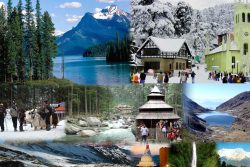



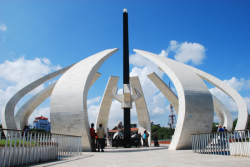


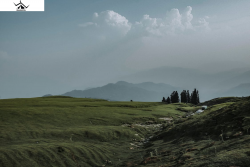






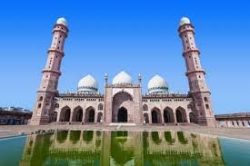












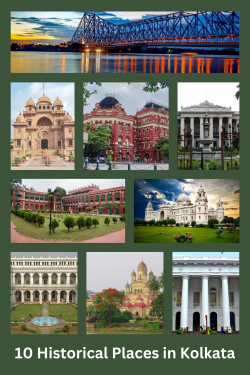
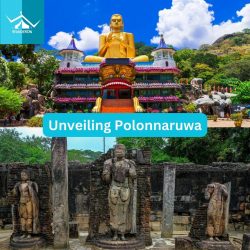


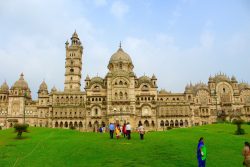
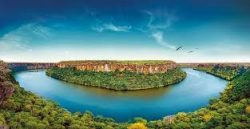














https://cgscholar.com/community/profiles/user-9219
https://controlc.com/7209ebdb
https://www.alltrails.com/members/prestige-somerville
https://www.skillshare.com/en/user/somervilleprice
https://payhip.com/somervilleprice
https://try.gitea.io/somervilleprice
https://qna.habr.com/user/somervilleprice
https://freelance.habr.com/freelancers/prestige-somervilleprice
https://pub9.bravenet.com/forum/static/show.php?usernum=757121790&frmid=1286&msgid=823233&cmd=show
https://www.findagrave.com/cemetery/2799027/prestige-raintree-park
https://www.4shared.com/video/S9Vp0dRVge/Prestige_Raintree_Park.html
https://kuula.co/profile/raintreeparkprice
https://kuula.co/post/56Y1D
https://bimber.bringthepixel.com/main/buddypress/members/prestigeraintreeparkbangalore/profile/
https://forum.acronis.com/user/618889
https://www.magcloud.com/user/praintreeparkprice
https://sensationaltheme.com/forums/users/raintreeparkprice/
https://letterboxd.com/raintreeparkpri/
https://seekingalpha.com/user/60162539/profile
https://www.virustotal.com/gui/user/woodscapesprice
https://telegra.ph/Modern-Apartments-in-Bangalore-03-21
https://community.clover.com/users/44687/woodscapes.html
https://www.pressreader.com/@woodscapesprice
https://forum.eset.com/profile/91985-godrej-woodscapes/
https://gwoodscapes.bravesites.com/
https://www.blogtalkradio.com/gwoodscapeoverview